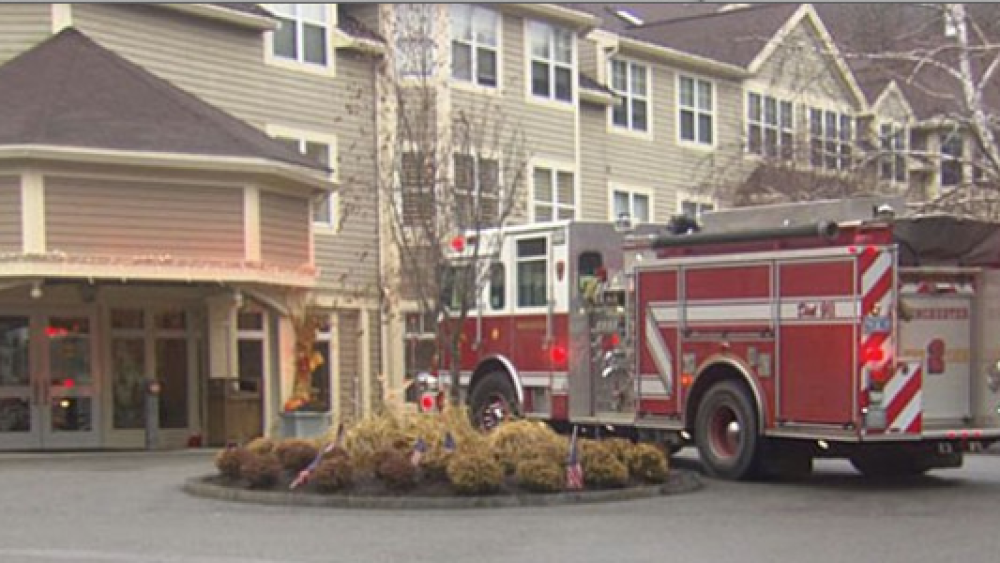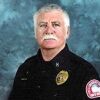Whether as a condo, townhome or a complex of graduated assisted-living pods, senior living space is an ever-changing and rapidly growing segment of many communities as aging baby boomers retire at a rate of 10,000 a day.
Unlike the conventional hotel-style buildings of just a few years ago, senior living has taken on a whole new look. And along with this trending lifestyle change comes new strategic and tactical considerations for fire departments.
As a firefighter, whether you encounter a protect-in-place philosophy or people running for their lives, the fact is, people older than 65 are twice as likely to be killed or injured by fire regardless of where they are.
Mobility issues as well as hearing and visual impairments are the primary causes of response challenges when dealing with seniors, especially as they enter their eighth and ninth decade.
Protect in place
Protect in place is the strategy of choice when dealing with limited-mobility residents, less fire personnel and a confirmed location of the threat. It is a quicker, easier and certainly a less stressful strategy in multi-story buildings. Yet, it is rarely taught successfully and its benefit diminishes in facilities without sprinklers.
While all senior living facilities require licensing and specific code compliance under NFPA 101, such is not always the case.
Most senior centers handle evacuations with fire alarm activation much like a hospital or school, calling a code red either by intercom or hall monitor in coordination with activating the fire response system.
Before fire companies arrive, the employees’ primary action will be corralling all residents. The level of their success will depend on the information available to the tenants and the number of past drills. Some tenants’ lack of mobility and special needs may complicate this directive regardless of the facility’s policy.
Remember too, health-care workers in senior-care centers are not firefighters and any visible threat could result in immediate evacuation by all ambulatory personnel regardless of condition or age. As firefighters arriving on scene, you will find a labor-intensive incident, fire or not.
Step one
The first step in any emergency response to a senior-care facility is compliance. You must place senior centers at the top of the life-safety inspection ladder for your department.
A canceled on-site inspection can result in dangerous conditions for occupants and first responders alike. Unsecured oxygen bottles, sharps left out along with used bandages, loose medical devices and gurneys abandoned in hallways can all pose a direct threat to firefighters and field medics not to mention your great-aunt Edna.
Next comes appropriate pre-incident planning that aligns with current code, policy and response criteria. Beginning with the basics of protect in place and evacuation scenarios, senior-living facilities require detailed reviews and demand facility interaction, with both structures and occupants.
Whether pods or cells or atriums, these modern living centers are equipped with the finest in fire and security protection. Unfortunately, despite additional exits, specialized systems, additional trained staff, sophisticated fire barriers and the latest in emergency lighting, inappropriate human behavior can deter any redundancy in protection systems.
Practicing fire drills on residents may be deemed too difficult by a well-meaning staff. Further, unannounced evacuations can cause injuries to fragile participants as noted by the IAFF’s roundtable forum in 2004.
Evacuation
The key is human interaction resulting in an acceptable schedule of training and practice. Meet with caregivers and administrators to establish a rapport that will lead to proactive inspections, table-top discussions of possible incidents, predetermined protocols for every emergency involving first responders and a walk through by everyone.
For example, such interactions can result in an evacuation procedure involving all employees and responders with some entering rooms, others providing ambulatory devices, and final crews removing all patients to accountability and rehab. Temporary evacuation sites and external staging areas for personnel and equipment can be in place prior to arrival.
For firefighters, it is important to remember the acronym RACE — Rescue, Activate, Contain and Extinguish or Evacuate. This is used by many senior institutions as a reminder about how to reach a successful resolution of any incident.
Here are four points to remember when evacuating a senior-living facility.
- Find a person in authority to expedite an evacuation; accountability is an ever-present concern.
- Be aware of behavior typical of the elderly, their physical limitations and appropriate care and removal tactics when interacting with them.
- Be aware that patients with serious medical and psychological conditions may hide during an evacuation.
- Prepare for long-term relocation, which may be necessary even when protect in place is the initial procedure.
Accountability and rehab
Accountability and rehab will have totally different criteria for seniors. Local doctors and nurses as well as facility workers experienced in geriatric care can work in accountability and rehab as well as triage and patient care.
Firefighters need to be vigilant while working with seniors. Like children, many seniors will not display their physical weaknesses until they are critical. Privacy and quiet may be just as important as water and a blanket.
Responding firefighters will find any incident to be manpower intensive with patient mobility and time working against them. Outside, there are issues of weather, exigent care needs and again the sheer volume of people in the area.
Some futurists predict senior complexes will have their own response brigades. Until then, it is a fire department’s responsibility to ensure the security and safety of those who most need our help.













